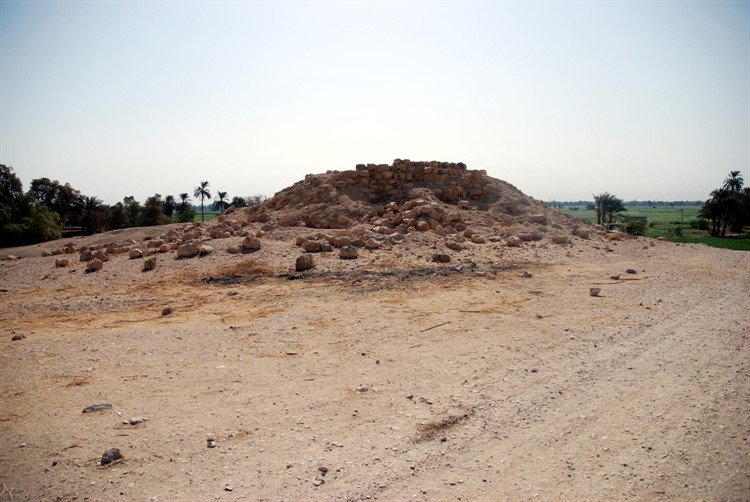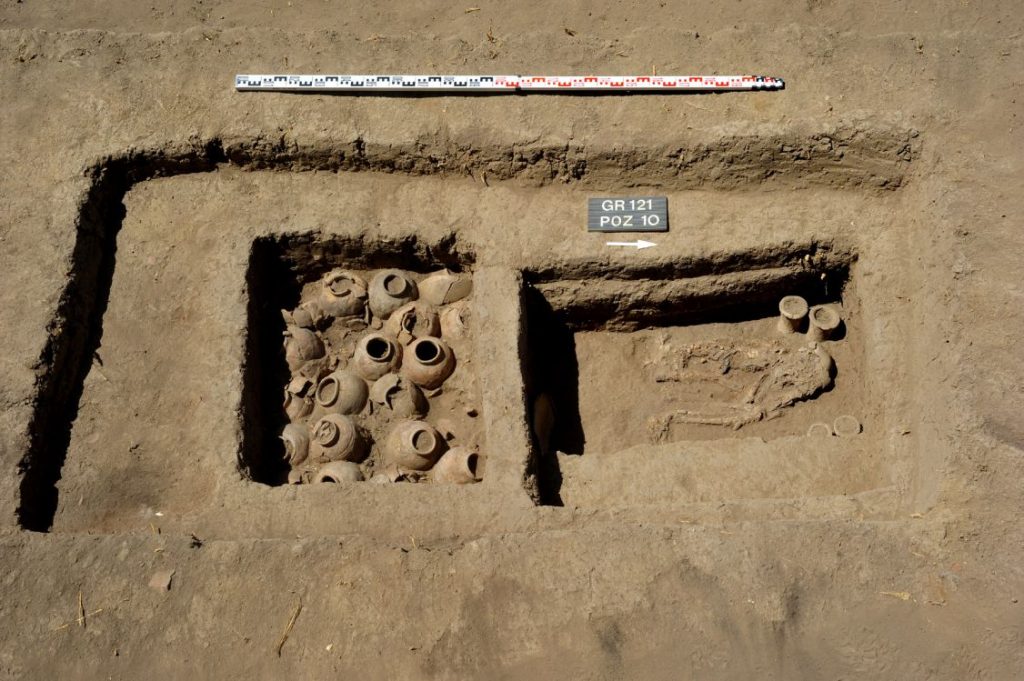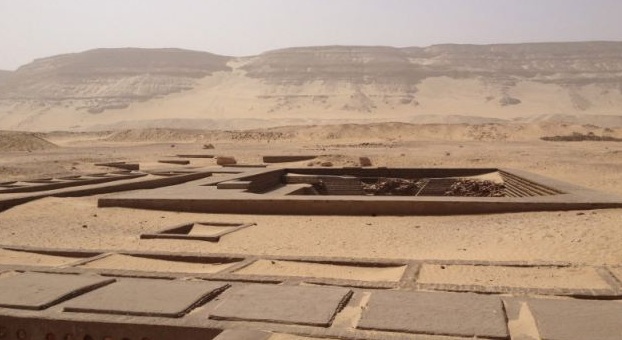In Qena Governorate, on the west bank of the Nile, lies the town of Naqada which was known in Ancient Egypt as Nubt and in classical antiquity as Ombos. Famous for its archeological sites that belong to the prehistoric times and Predynastic Period around 4400-3000 BC, the town contains a large quantity of remains that have enabled the dating of the entire Naqada culture, throughout Egypt and environs. Nowadays, Naqada is a small town located about 30km southward Qena City, 25km northward Luxor, and 650km away from Cairo. The major part of Naqada inhabitants currently are Christians and it is famous for producing some handmade textile products known as El Farka and exporting it to Sudan. On its lands stand a marvelous collection of semi-ruined tombs dating back to various eras throughout history including Naqada Cemetery and the Step Pyramid of Ombs.
The archeological site of Naqada lies about three kilometers northwest of the village. Dating back to the Pre-Dynastic and early Dynastic Periods, the site was a huge settlement that maintained its importance during the later epochs due to its proximity to the gold mines in the Red Sea Mountains. Its local god was Seth, to whom a temple was erected in the New Kingdom with contributions of Thutmose I, Thutmose III, Amenhotep II, as well as several Ramessides.
Tomb of Hor-Aha
The Tomb of Hor-Aha in Naqada is one of the first discoveries in the Naqada Cemetery in 1897. The name of Hor-Aha –who is thought to be another name of Menes (the unifier of the country and founder of the First Dynasty) –was found inscribed in the tomb. Probably, the tomb belongs to a local administrator of the First Dynasty, during the reign of this King. Among the objects discovered here, were ivory tablets, vase fragments and clay sealings bearing the name of both Pharaoh Hor-Aha and his wife, Nithotep. Nearby, cemeteries comprise a number of stelae of the end of the Old Kingdom and the First Intermediate Period.



